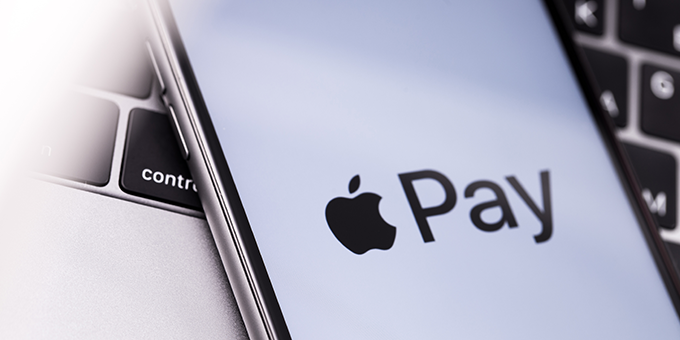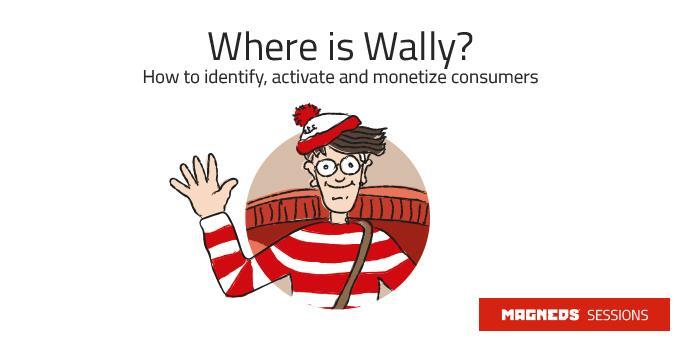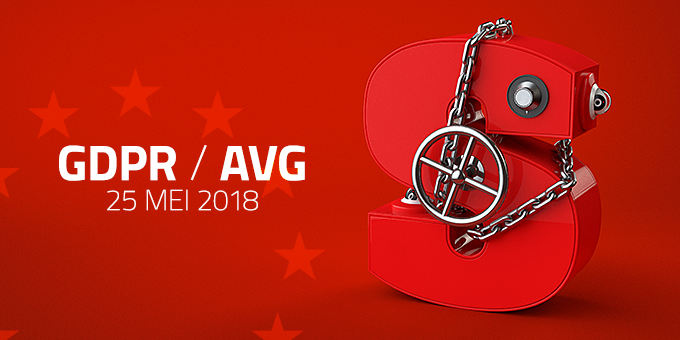When is the last time you cut out a coupon for a discount or a free product? Depending on your age, the answer is probably either never or a long time ago. However, coupons are alive and well, only digital. What to do with them?
To FMCG-brands and retailers, digital coupons are an important driver for conversion and online and store traffic. They can be used to stimulate product sales and to lower the threshold for trying out new products. As part of the loyalty programme, these vouchers ensure more engagement from the end user to your company or brand. It is a form of instant reward – people get rewarded immediately for their loyalty. As a company, it gives you the opportunity to follow purchasing patterns and behaviour on an individual level, and to measure the success of campaigns correctly by viewing how many coupons have actually been redeemed. Information that can be used for targeted and personalised promotions based on the purchase history or location of each individual.
Conversion, engagement and data are thus the most important benefits of coupons. It is therefore no surprise that digital coupons are being increasingly used: According to Juniper Research, the value of redeemed vouchers will increase to 91 billion dollars in 2022, up from 47 billion dollars this year; an increase of 14.1 percent annually. Western-Europe makes up for almost a quarter of this amount.
Give discount yes or no?
The fact is, consumers are willing to engage with brands through their smartphones (see for instance this research by Vibes). Digital coupons are an excellent way to help shape that engagement. The issue here is whether to choose discounts or rather a different type of reward. Behavioural experts claim that a reward, such as access to a VIP-sale, conjures up positive associations that linger longer than financial benefits. Step 1 in a successful coupon strategy is thus to determine which incentive suits your customers, product and brand best.
Voulez-vous voucher avec moi?
Step two is determining what your campaign will be like and which channels to use. Of course you can choose to use good old email marketing for sending discount coupons or rewards. Nothing wrong with that, but there are many more options. A few good examples:
1. Apps: Dunkin’ Donuts and Campina
Most coupons are redeemed via apps, probably because retailers know most about customers who use such apps, therefore they can provide personalised offers, with higher conversion as a logical result.
Dunkin’ Donuts, which has recently expanded to the Dutch market, launches a Perks Week every year, for example. For five days straight, members of the rewards programme receive special daily deals on their app. From bonus points for automatic reloading to a free drink for using On-the-Go Mobile Ordering, in which you can place a mobile order and pay in advance via the app, so that you only have to pick up your order in the store.
Besides the Eurosparen, prize draw promotions and cash back promotions, Campina launched an in-app punch card in 2017. This punch card is used to uniquely generate awareness and traffic to Yoghurt Barn, a coffee and yoghurt bar with twelve locations of which Campina is the purveyor. With the Eurosparen codes from the on-pack promotions, customers can complete their digital punch card and receive a digital coupon for a free Yoghurt Special in return.
Of course you can also choose to promote your discount vouchers in apps of third parties. The advantage being that you reach new target audiences by stimulating them online to visit your store offline. The disadvantage however, is that you don’t generate your own database or intel.
2. QR-codes: they’re alive!
QR-codes are making a comeback ever since iOS11 no longer needs a separate scanning app. The camera scans the code so that customers don’t have to enter any data anymore. Redemption now occurs very fast and you can offer the discount or other incentive on every medium, including online, in magazines, on billboards, etcetera. Social media also lend themselves well for coupons via QR-code. This convenience has led to several interesting use cases, from quick payment (offered, amongst others, by Rabobank in their app) to combating trade in black market theatre and concert tickets, which is done by the Dutch start-up GUTS.tickets by combining QR-codes and blockchain technology.
In January this year, Snapchat has even launched Snapcodes, which enables users to create links to websites. Of course, this also offers opportunities for retailers.
3. Chatbots: benefit from that buying mood
Chatbots stimulate customers’ loyalty and are a suitable medium for delivering personalised offers. A good example is Dom the pizzabot from Domino’s, who remembers the favourite orders of customers. By merely sending the word pizza to Dom, you can place your order. When the user hasn’t ordered pizza in a while, the chatbot can offer a promotion in the form of a discount voucher.
Juniper estimates that the volume of chatbot coupons is now 25 million and that it will jump to 1.1 billion by 2022. Why? Consumers who are already engaged in a dialogue with a brand or a store are already in the buying mood which increases the probability of them using a voucher.
4. Payments: I spy with my little eye
As with everything in e-commerce, you need to make it as easy as possible for your customers to make use of your promotions, thus, the interaction between online and store should be as smooth as possible. This is done with invisible payments: customers save their payment information in an app, so that they can pay for a product or service very quickly without having to bring out their credit card, debit card or cash money.
Such as how taxi service Uber handles the payments. Another example is Amazon Go, the store where customers can just walk away with their groceries without any form of check-out (see video below). The required technology can be integrated with mobile wallets, so that it becomes very easy to redeem a coupon for (discount on) a product – for the coupon is saved to the same location as the credit card information of that customer.









